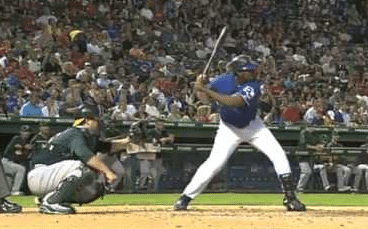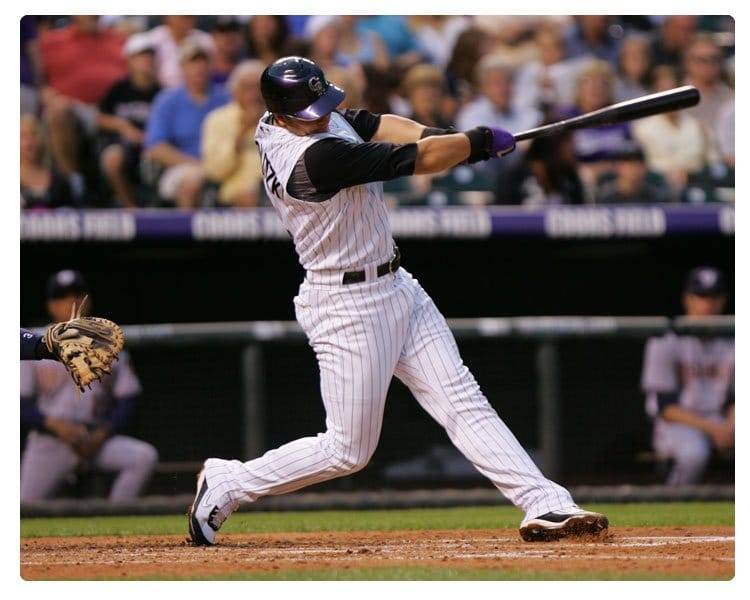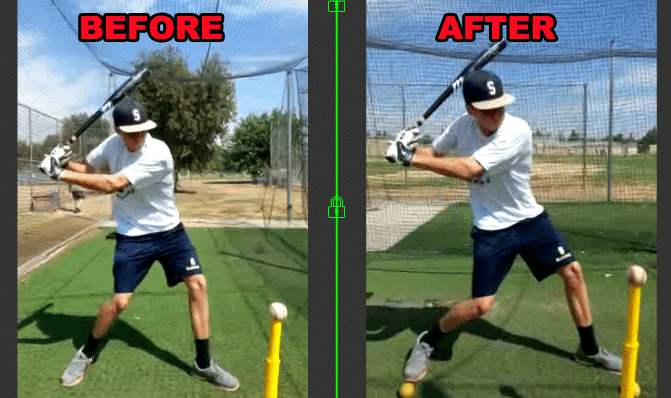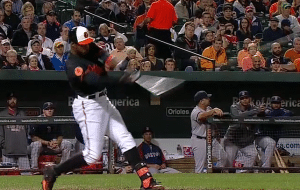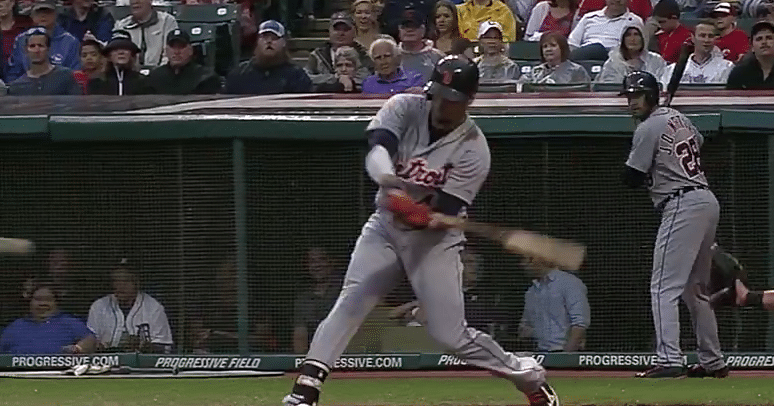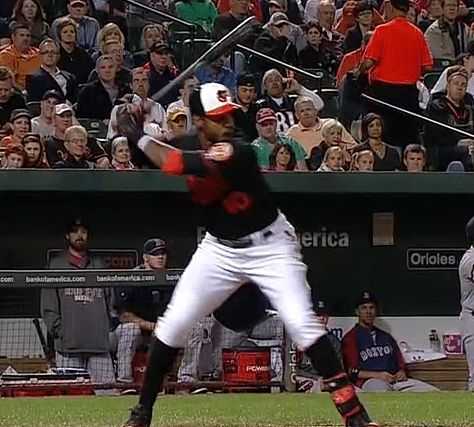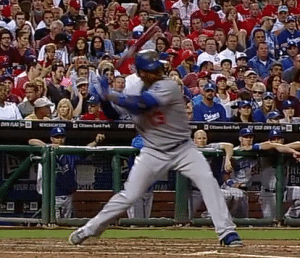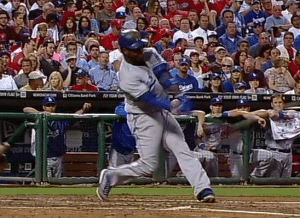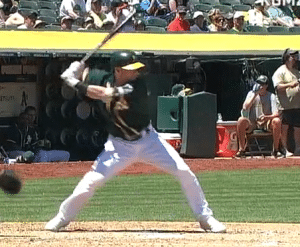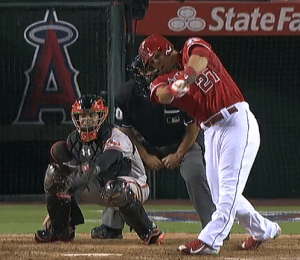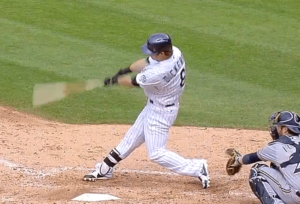Wilin Rosario Baseball Batting Tips: Big Power Without Being, Ahem, BIG…
Question…
How do you defeat a man who stands 9-feet, 9-inches tall? What if this man had a bronze helmet on his head and wore a coat of scale armor of bronze weighing 125-pounds; on his legs he wears bronze greaves, and a bronze javelin is slung on his back. His spear shaft is like a weaver’s rod, and its iron point weighs 15-pounds.
I’ve just described Goliath from 1 Samuel 17. So how does David, a boy shepherd, defeat this huge man with one blow?
Besides young David being a man of God, he was an expert marksman with the sling shot…
“Reaching into his bag and taking out a stone, he slung it and struck the Philistine on the forehead. The stone sank into his forehead, and he fell facedown on the ground.” – 1 Samuel 49
3-times NY Bestselling author Tim Ferriss said that being effective is doing the right things. And being efficient is doing things right.
Unmatched physically, and standing up to Goliath, David was “effective” by using a slingshot. And being an expert marksman (efficient) with the weapon, made Goliath look like he brought a knife to a gun fight!
So what do baseball batting tips and Wilin Rosario from the Colorado Rockies have to do with the story of David & Goliath?
You a “Small” Hitter?
Wilin (pronounced Wil-een) “Baby Bull” Rosario is a small hitter compared to behemoths like Albert Pujols (6’3″, 230-pounds), Giancarlo Stanton (6’6″, 240-pounds), and Miguel Cabrera (6’4″, 255-pounds).
Rosario stands 5-foot, 11-inches, and weighs in at 220-pounds, according to FanGraphs.com.
Sure, 220-pounds isn’t tiny by any stretch. But 5-foot, 11-inches sure is, especially by today’s standards…hence the nickname “Baby Bull”.
Just for fun, let’s compare specific offensive metrics between Wilin Rosario to Miguel Cabrera. Metrics are according to ESPN’s HitTracker.com…
A couple things to note:
- Wilin Rosario had 426 plate appearances to Miguel Cabrera’s 697. Rosario hit a home-run every 15.2 plate appearances, while Miggy hit one every 15.9.
- Miggy’s 16 extra dingers may have brought down his average True Distance and Ball Exit Speed numbers.
- By the way, 2012 was when Miguel Cabrera won baseball’s heralded Triple Crown.
But surprisingly, on paper, Wilin Rosario shouldn’t even be in the same room with Miguel Cabrera! So what is empowering a small slugger like Rosario to compete with the Goliaths of baseball?
Proven human movement science.
Baseball Batting Tips #1: Stop Standing Still!
One thing Wilin Rosario does really well is he “un-weights” the bat.
There are two ways he does this:
- With forward momentum, and
- Slight barrel tilt toward the pitcher just before the fall.
CLICK HERE to see the results of a Zepp swing experiment when I tested a longer stride against a wide no-stride approach.
Baseball Batting Tips #2: BIG Power in Using the Skeleton

Watch how Wilin Rosario: 1) Shows his numbers to the pitcher, 2) Hides his hands from the pitcher, and 3) Creates a downhill shoulder angle before front foot hits the ground.
Spinal engine mechanics are key!
Here’s how Wilin Rosario uses his skeleton, by:
- Showing the pitcher his numbers,
- Hiding his hands, and
- A downhill shoulder angle.
I call this the Catapult Loading System. CLICK HERE to see the results of another Zepp swing experiment when I tested showing the numbers versus NOT showing the numbers.
So how does a small slugger compete with a big one?
Being effective is strictly following human movement rules proven by science. And then being efficient within those guidelines.
Just like David was effective using the sling shot against a foe twice his size. And, only needed one shot (efficient) to take the BIG guy down.
The problem for us small hitters (I’m 5’10”, 175-pounds) would be when the big sluggers start doing this stuff 😉 lol

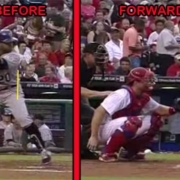
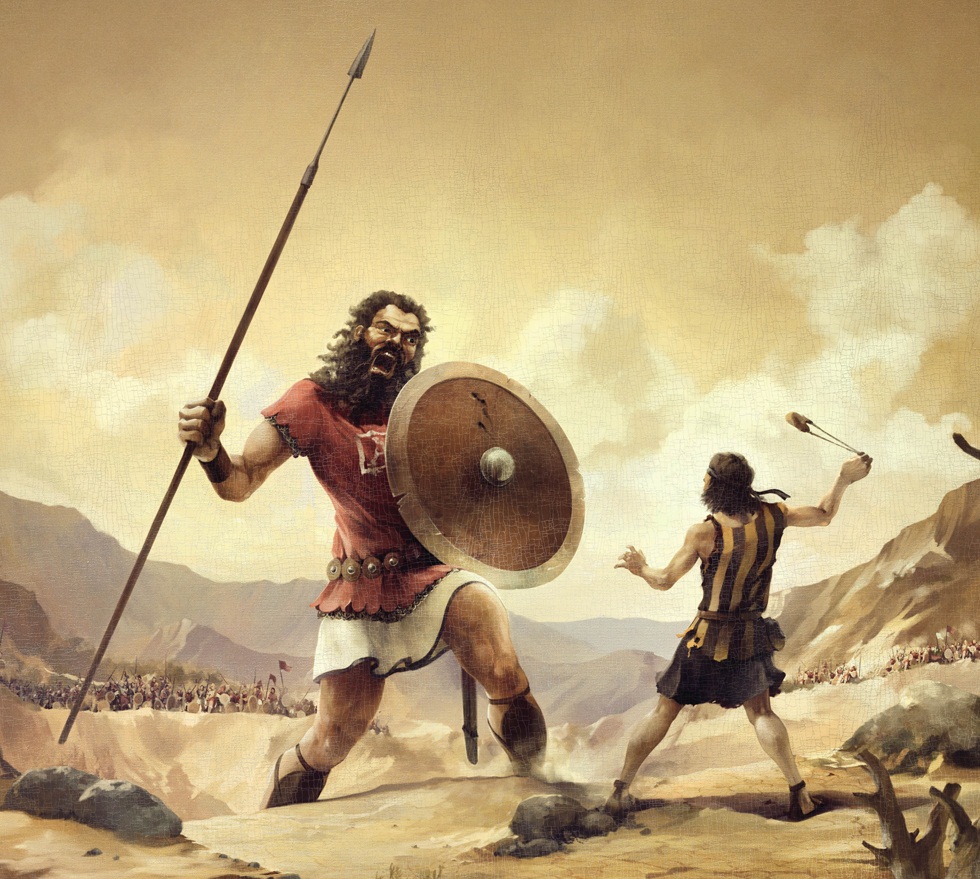

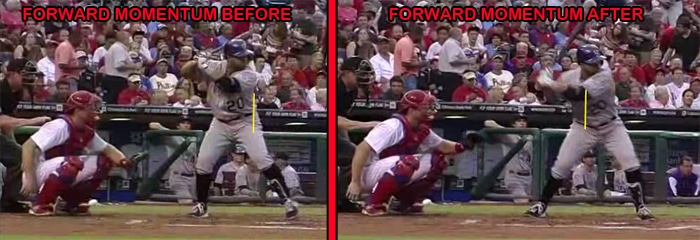




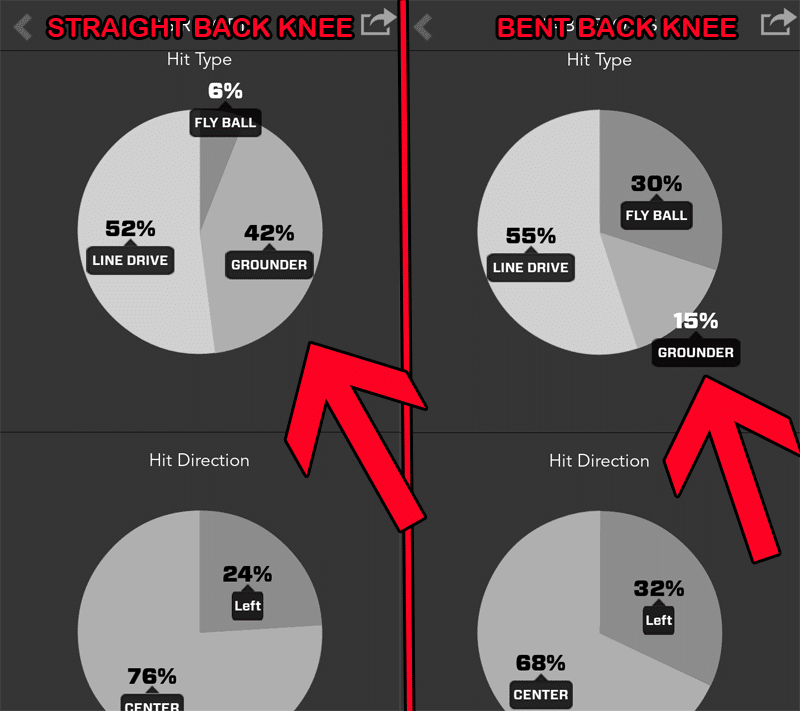
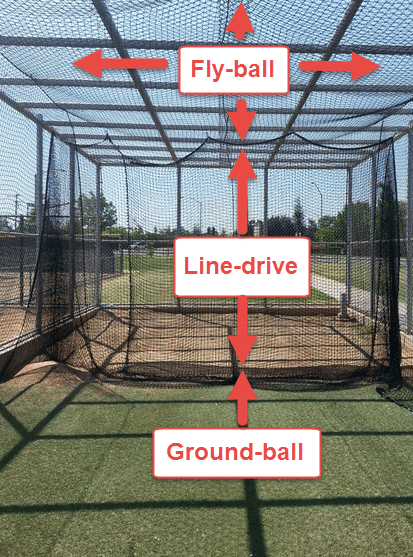

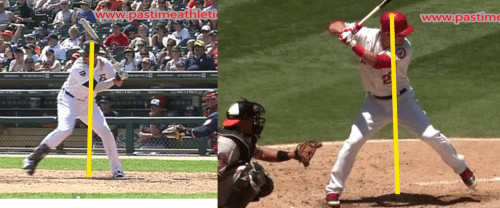

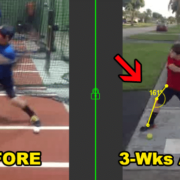
![Baseball Training VIDEO: #1 Hitting Mistake To Boosting BABIP [Case Study]](https://hittingperformancelab.com/wp-content/uploads/2014/11/baseball-training-pitch-plane-dylan-case-study.png)
